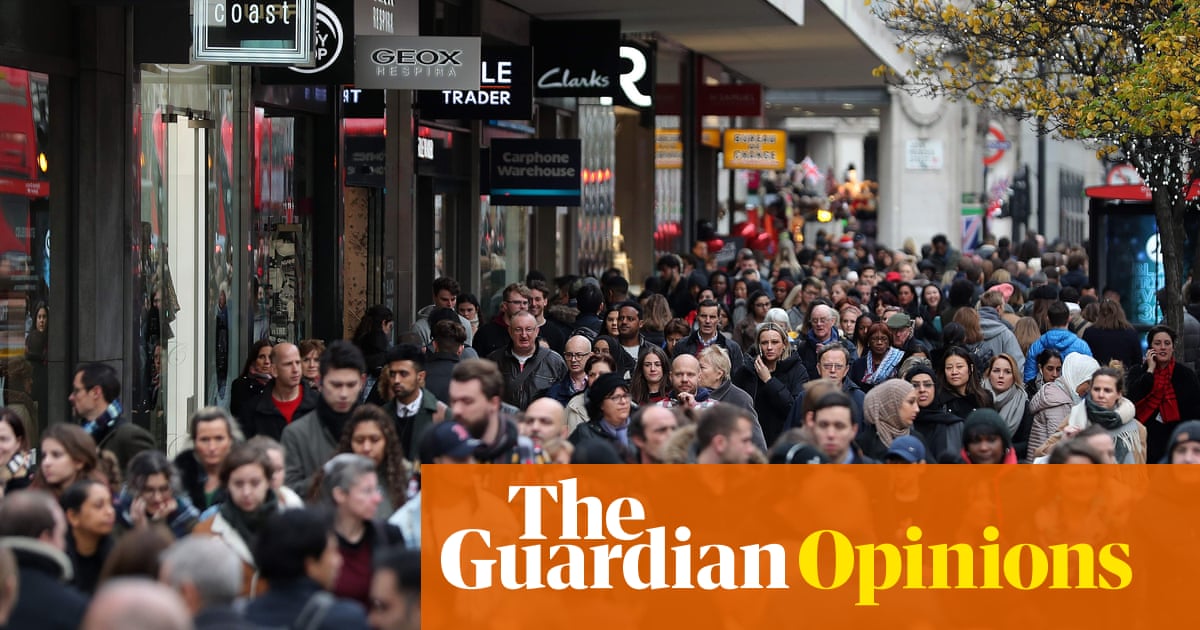
The past few months have been, for some, a time to re-evaluate their lives. They have not just worked at home, but worked on their homes and their bodies, tidying them up, getting into shape, sorting it all out. They have tips about how to structure our days as we Marie Kondo our souls.
But the year has not exactly worked out like that for me. The enormous pile of clothes and shoes in the corner of my room remains unsorted. These are the things I can’t live with and can’t live without. Does an object spark joy, asks Marie Kondo. Does an object spark stories, is my response. An old dress can set off memories, whoosh you back, even though you know you may never wear it again. How can you throw out those shoes you can’t walk in, but which aren’t just heels, but a golden ticket to a world you’d love to some day visit again? Tat and treasure.
There is a madness that clearly underlies all this. Because, seriously, when am I ever going to wear heels again? Do I even want to? Perfectly respectable folk now arrive at the corner shop in a dressing gown. An advert pings on my screen for something called a house dress – and that’s before you even get to the patio dresses. I haven’t got a patio, so it all seems wonderfully louche, in a Palm Springs type of way. These are big, baggy dresses we would once have called muumuus or kaftans or even beach cover-ups. Now, here they are, forgiving of lockdown weight gain and marginally less casual than pyjamas.
In this crisis, all that “I dress for myself – I don’t care what other people think” malarkey has been shown up as delusional. It turns out that when people dress for themselves they hardly bother getting dressed at all. How many colleagues only attend to their top half on Zoom and are in trackie bottoms the rest of the day?
All of which is causing a fashion crisis, or, more pertinently, a retail one. Fast fashion looks less and less sustainable with its “must haves” changing every three months. It is not that people have forgotten the pleasure of dressing up, it’s just that as we hit a recession, so much “fashion” – especially for younger people – looks increasingly daft and unaffordable, even when it is cheaply knocked off.
Oxfam’s Second Hand September is just starting, asking us to pledge to buy secondhand for 30 days. “Every week, 13m items of clothing end up in UK landfill,” it notes. When I finally tidy my room, it will be 14m.
I love this campaign, because it truly disrupts the madness. It says we can look great in old stuff. We don’t need to endlessly renew our wardrobe and our look. Consumer logic says the opposite: that you can never have enough. If only you buy one more thing, everything will be better.
The pandemic has changed all that, but the politicians seem not to understand how much the cycle of consumption has altered. It is no use telling us to go back to sandwich chains or high-street stores out of patriotic duty when we have found small local shops that suit us better. Many of us have also discovered we do not need all the things we once thought we did.
The mutation of shopping from buying necessary stuff to being a leisure activity – “retail therapy” – has been one of the most miserable cons of modern life. Do people in these big out-of-town malls look happy, ever? Even as a social activity, shopping is totally atomised. We consume to assert our individuality, as though this is our very purpose in life – but this is done en masse. We end up in a completely passive relationship with what we desire: whether clothes, food or homeware.
A disconnect long ago set in between what we consume and where and how it is produced, but that has been slightly paused during the pandemic. Not by what many perceive as puritanical eco-teaching, but in a recalibrated, newly appreciative relationship with local, independent and community-based businesses.
If the idea of getting back to normal means going back to mindless shopping instead of picking up on more sustainable trends – repurposing, DIY, buying secondhand, supporting small shops – then I don’t want to go back to normal. The homogenised high streets of our cities needed repurposing long before the coronavirus.
The desire to get dressed up won’t go away. I predict some kind of New Romantic revamp, in which a creative generation falls in love with making a huge effort. They won’t need an occasion to dress up for; they will BE the occasion. This can sit alongside the embrace of casual dressing. Maybe we really will wear what we actually feel comfortable in, even to work. Radical.
“What consumerism really is, at its worst, is getting people to buy things that don’t actually improve their lives.” Who said this? Some French Marxist in the early 70s? No, Jeff Bezos.
What improves your life is entirely personal. You may indeed find it online. Or you may find it at the bottom of a pile of clothes. If anything good has come out of this awful time, it is this. A reconnection with our material lives, a pause in mindless consumption. “When the going gets tough, the tough go shopping,” they used to say. Well, it’s no longer true, if it ever was.
The tough find, if we’re lucky, we actually already have a lot of what we need. We don’t need to add to the pile.
• Suzanne Moore is a Guardian columnist
The Link LonkAugust 31, 2020 at 10:27PM
https://www.theguardian.com/commentisfree/2020/aug/31/if-getting-back-to-normal-means-mindless-shopping-forget-it
If getting back to normal means mindless shopping, forget it - The Guardian
https://news.google.com/search?q=forget&hl=en-US&gl=US&ceid=US:en










